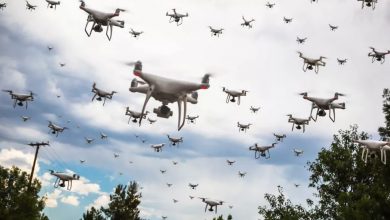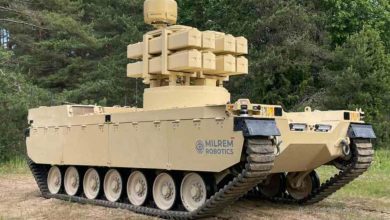Turkish UAV Aksungur sets altitude record with domestic engine

Türkiye’s medium-altitude, long-endurance unmanned aerial vehicle (UAV) Aksungur achieved another record and milestone by climbing to an altitude of 40,000 feet, powered by a domestically produced TEI-PD170 engine, its maker announced.
“The standard bearer of the skies Aksungur salutes us from a height of 40,000 feet!,” Turkish Aerospace Industries (TAI) said in a post on X, accompanied with the video of the flight.
The company also added that “with this flight, our national engine TEI-PD170 has reached its highest altitude.”
“It was also the highest altitude at which our national camera AF500 developed by Aselsan and the national heater battery developed by Aspilsan were tested with Aksungur,” it added.
“Our Aksungur achieved another success with its 40,000 feet altitude attempt. With every success we get, we rise even higher and walk towards the future with stronger steps,” said CEO of TAI Mehmet Demiroğlu.
“I am proud of this success, which is the guarantee of a strong future,” he added.
Equipped with various payloads and new capabilities, Aksungur last week also hit the target accurately with Aselsan-made LGK81 and LGK82 ammunition.
The combat drone made by Ankara-based TAI, one of Türkiye’s largest defense manufacturers, is designed and manufactured for tactical surveillance and reconnaissance missions of the Turkish Armed Forces (TSK). It was first delivered to the Turkish navy in late 2021.
Aksungur is powered by two turbocharged diesel engines, allowing it to conduct extended operations up to 40,000 feet, according to its developer.
The TEI-PD170 turbodiesel aviation engine is produced by TUSAŞ Engine Industries Inc. (TEI) as part of the project that was initiated under the support of the Presidency of Defense Industries (SSB) to develop the first indigenous and national aviation engine of Türkiye to meet the power need of medium altitude long endurance class UAVs.
The engine completed its first flight onboard the TAI Anka platform in December 2018 and is also used to power Baykar’s Bayraktar TB3 drones.
Source: Daily Sabah





